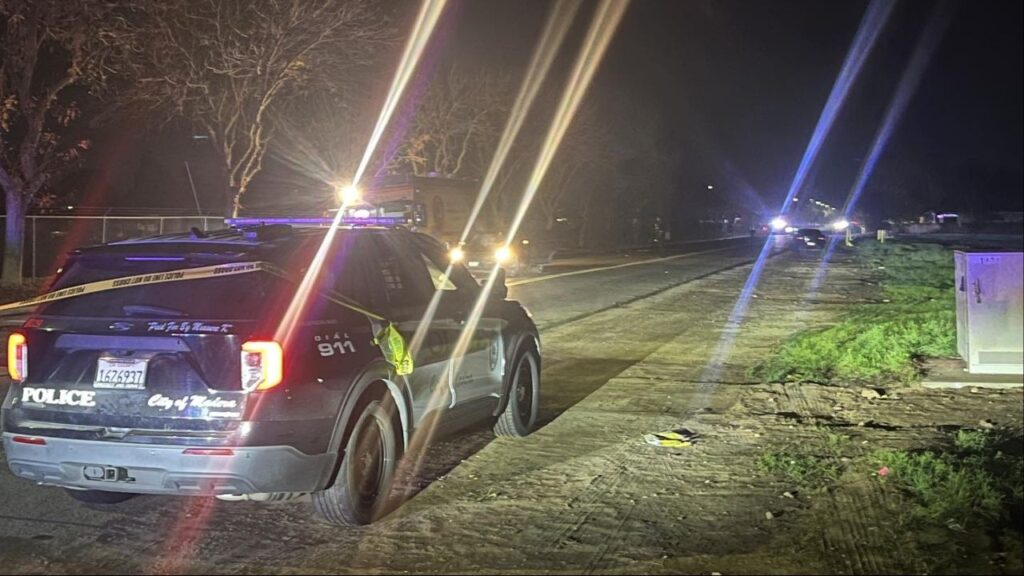Share
School has begun for the 40,000-plus students of Sweetwater Union High School District. But the district’s crisis never ends.
Sweetwater rarely makes the statewide news, but it’s California’s largest secondary school district. Sweetwater’s high schools and middle schools serve oft-forgotten communities near the U.S.-Mexico border—Chula Vista, Imperial Beach, National City, and San Ysidro.

Joe Mathews
Opinion
Sweetwater is emblematic of a diverse, struggling California—87 percent of its students are racial or ethnic minorities and 40 percent qualify for free and reduced lunch. But the district’s finances also make it an emblem; California school districts are in fiscal peril despite a strong economy and record state revenues because of exploding expenses for employee and retiree benefits. In Sweetwater, income has risen a healthy 37 percent in the past five years—but benefits costs, including pensions, have doubled over the same period.
Sweetwater Has Drawn Scrutiny for Questionable Decision-Making
But Sweetwater’s problems run even deeper than those of other districts, for reasons Californians should find profoundly unsettling. Sweetwater’s mismanagement—including corruption and incompetent budgeting—has gone on for so long that it begs the question of other school districts are hiding similar problems.
Sweetwater was founded in 1920 to fund modern local high schools for children living amongst the lemon groves of southwest San Diego County. But the area grew, through industry, military expansion, and housing development. Today, Chula Vista—where the district is headquartered—is California’s 15th most populous city, with 271,000 residents. Sweetwater now has 30 campuses, including 14 high schools.
But the larger district has struggled to manage itself. For the past two decades, Sweetwater has drawn scrutiny for questionable decision-making. A series of property transactions during the 2000s went south. Earlier in this decade, a bribery scandal resulted in charges against some district leaders; superintendent Jesus Gandara went to jail.
A 2014 election produced a new, supposedly reformist school board. But they have made little progress. In 2015, the state warned the board of future budget problems, to no avail. Instead, the district ramped up hiring of central office staff, and granted union employees across-the-board raises.
Sweetwater Long Has Been Mismanaged
Last year, the county effectively took over fiscal control of the district. And the state’s Fiscal Crisis and Management Assistance Team (FCMAT), which intervenes in troubled school districts produced a report showing that Sweetwater’s budget had 302 false entries, suggesting fraud.
To read the FCMAT report is to understand that the district is not merely broke, but also unable to manage itself. The notion that it can dig itself out of the current hole is ridiculous.
Rather than grapple forthrightly with the problem, the district’s leaders—in administration, on the board, and in its powerful teacher’s union—offer increasingly pitiful defenses. The most pitiful one, offered by district officials and union leaders, is this: Sweetwater has been mismanaged for so long that it’s somehow unfair to hold today’s district officials accountable for its current crisis.
There Is a Better, Permanent Solution
Sweetwater’s case suggests that California’s approach to failing districts should be more aggressive. On its current path, Sweetwater will endure years of cuts to schools as the county and the state, perhaps through a larger takeover, tries to remake the district administration. But there is no guarantee that Sweetwater will be any better managed after these interventions. And why bother spending precious time fixing a district administration that has failed for so long?
There is a better — and permanent — solution: the state should eliminate Sweetwater as a separate district.
The district could be used to establish a new procedure: a death penalty for local government entities that can’t manage themselves. In a state with thousands of local governments, many of which struggle with basic management, a process of closure and consolidation is desperately needed.
Sweetwater’s schools and students would be reassigned to districts with more administrative capacity to support them. The natural landing point for Sweetwater schools would be San Diego Unified, since Sweetwater already serves some communities in the city of San Diego. Such a switch would make education in the Sweetwater Valley the responsibility of all of greater San Diego.
This would require politically difficult local action and state legislation. But Sweetwater is one border crisis that the state of California can’t blame on President Trump, and has the power to solve itself.
About the Author
Joe Mathews writes the Connecting California column for Zócalo Public Square.
[activecampaign form=31]
Categories

7-Eleven Inc Says CEO Jeo DePinto to Retire


















